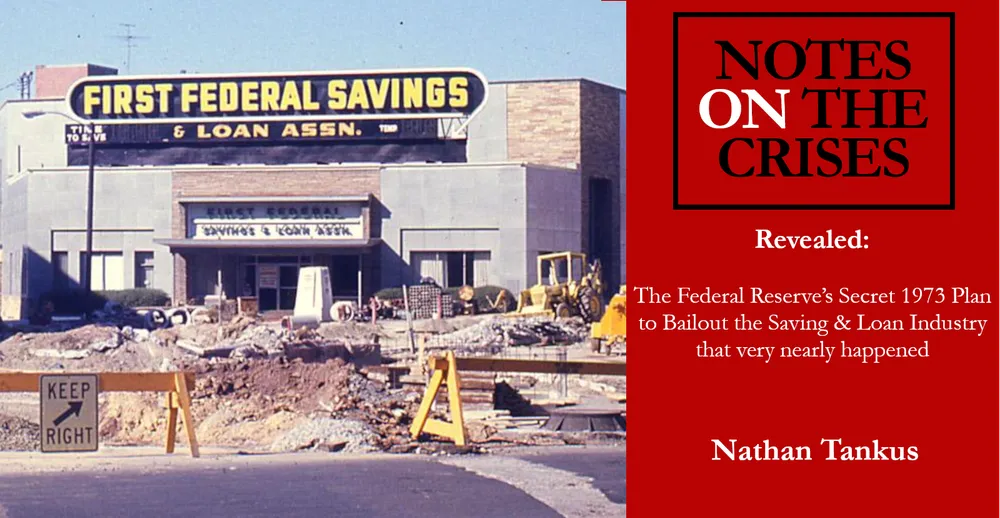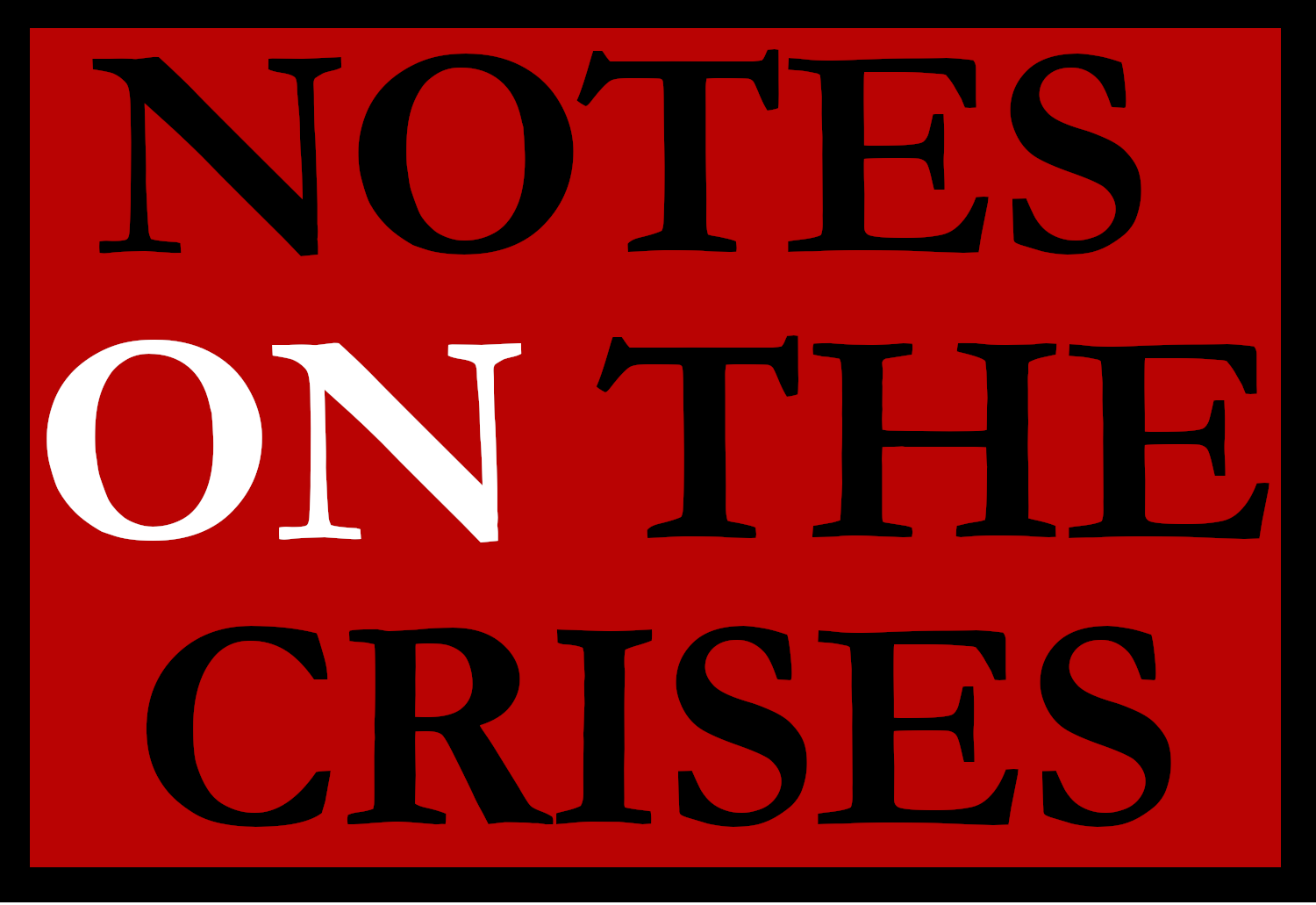Revealed: The Federal Reserve’s Secret 1973 Plan to Bailout the Saving & Loan Industry That Very Nearly Happened

An update on my major project of the moment: launching my 30,000 page database of FOIA minutes. All of the minutes have been uploaded to my website, but generating an accessible and searchable database of these pdf files has taken significantly longer than expected. Expect the database to go live over the next two weeks. In the meantime, I’m covering some of the most explosive secrets these documents have to offer. There is so much juicy material in this treasure trove, so stay tuned!
Longtime readers of Notes on the Crises are very aware of my fixation on the Federal Reserve’s 13(3) lending authority (and so is Bloomberg & the Financial Times). Typically seen as an “emergency lending authority”, at least up until the failure of Silicon Valley Bank, this is the most open-ended legal authority the Federal Reserve system has. The authority’s use in 2008 has brought it an enormous amount of focus. ,and in 2020 even more so. Yet, before 2008, it was an obscure and mostly forgotten provision. The modern Federal Reserve System— which had a legislatively created “Federal Open Market Committee” where core decisions were consolidated to Washington D.C.— had not seen section 13(3)’s use up until 2008.Because of this lack of use, section 13(3) was typically regarded as unimportant, and a “relic”. What the 1967-1973 Federal Reserve minutes reveal is that history of 13(3) needs to be quite significantly rewritten. The Federal Reserve has come shockingly close to using this authority to rescue entire industries, decades earlier than most would imagine.
No episode illustrates this better than the subject of today’s piece. In the summer and fall of 1973 the Federal Reserve developed a plan to activate 13(3), to provide emergency liquidity support to the entire Saving & Loan industry. Not in 1983 — but a decade before.
Sign up for Notes on the Crises
Currently: Comprehensive coverage of the Trump-Musk Payments Crisis of 2025
